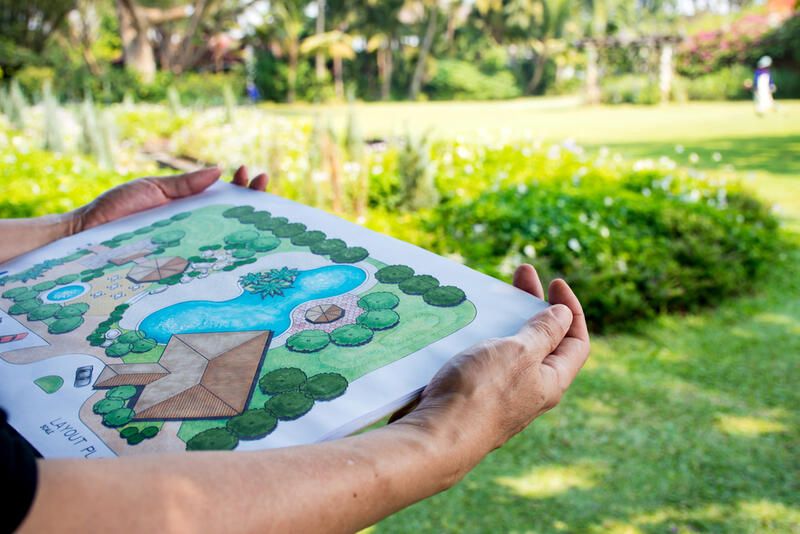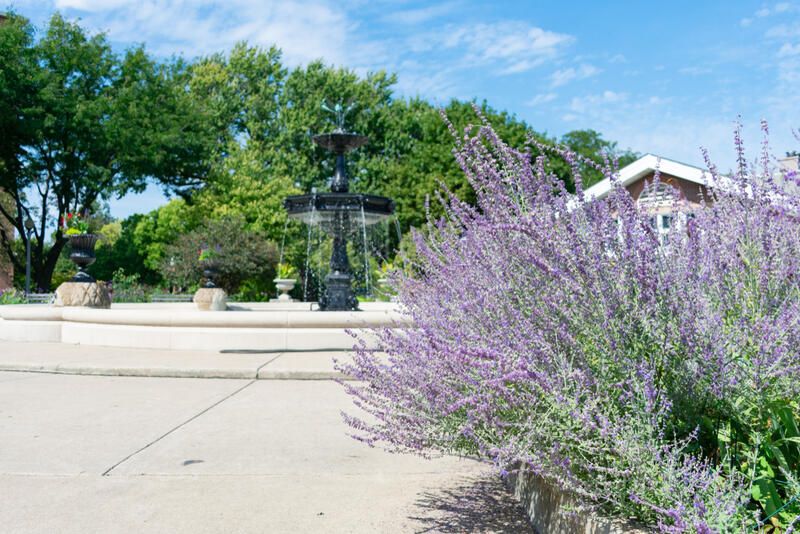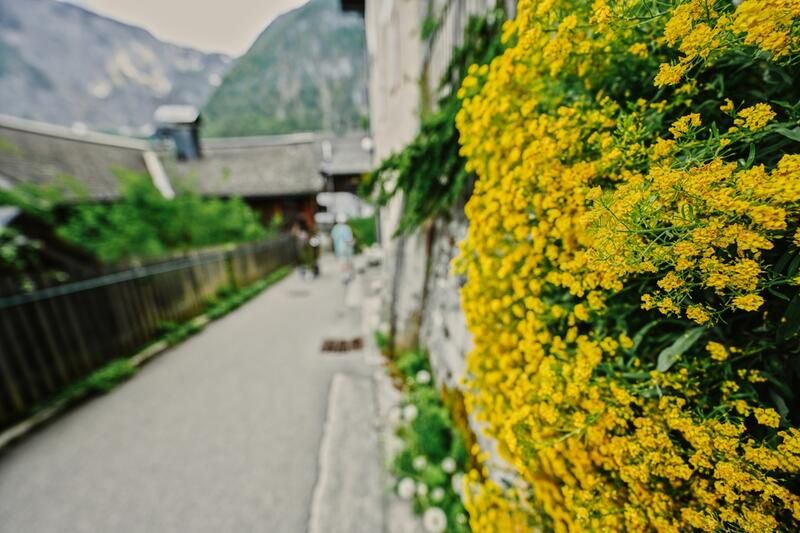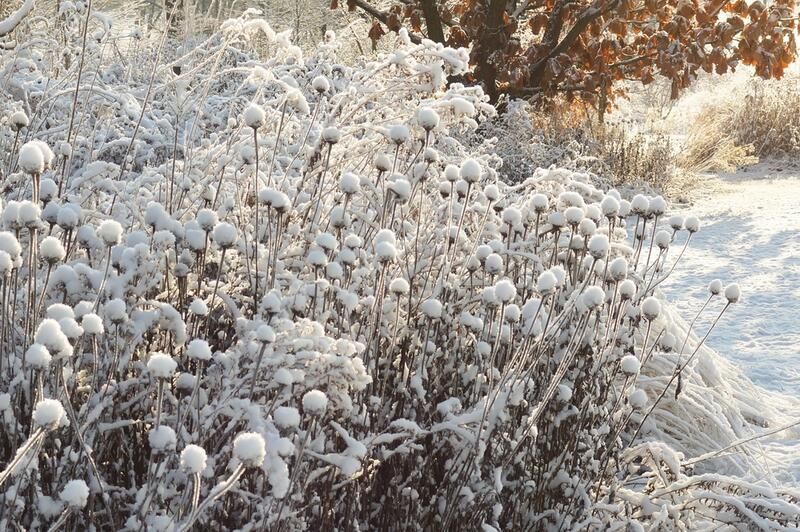
Colorado Landscape Design : How-To Guide
Published: 05/10/2022 | Updated: 29/03/2023
Bringing a yard's landscape design to life in the Denver area is much different from building that same yard in Wray's low elevation. Colorado is not a one-size-fits-all kind of state when it comes to landscaping, not to mention the endless design concepts that might flood your mind when it comes to landscape architecture, landscaping services, water features, fire pits, retaining walls, outdoor lighting, outdoor kitchens, plants, and overall maintenance. Now whether this overwhelms or excites you, we've put together a guide for all your landscaping needs in this gorgeous state.


The Centennial State is made up of both mountains and desert lands and is characterized by several different climates. Local landscaping in Colorado can be tricky, but you can combat the uncertainty by keeping a few things in mind: plant zones, temperature fluctuation, and water conservation.
Since Colorado plants can either be extremely water-deprived or brutalized by rain and snow, it's important to gain a solid understanding of your region by asking yourself some questions such as:
What type of soil does best Colorado Springs? How often does it rain in Aurora? What native plants are beneficial to local wildlife in Littleton?
Those answers will vary greatly from region to region, so it's best to know what you're working with before making any plans.
Your Plant Hardiness Zone
Plant hardiness refers to what temperature a plant can withstand and thrive in during weather conditions specific to your region like what flowers will stand tall through the winter versus what won't. For example, if you love a certain plant but it dies as soon as the temperature drops, then you should probably remove that plant from your cart lest you condemn it to an untimely and tragic death.
Colorado plant hardiness zones range from USDA Zone 2b to USDA Zone 7a. The higher the number, the less cold temperatures the plant can handle. So, if you're in zone 2b, you should aim for plants that can handle up to -45 degrees.
This information is crucial to have on deck when you're planning what plants, shrubs, and flowers to plant.
The Best Plants for Colorado Landscape
Now after reading about hardiness zones you might be feeling a bit overwhelmed by all the information or simply still don't know where to get started. There are endless vibrant options from flowers to trees to shrubs that will stand tall in this environment and add beauty all around your home. All you need is the proper knowledge of planning and landscape maintenance.
There is a variety of endless colors, shapes, and sizes when it comes to the greenery that will thrive and bloom in the Centennial State. Some of our favorites are :

-
Russian Sage: Purple blossoms from this lovely shrub give the yard a lot of texture. Russian Sage prefers a lot of sunshine and well-drained soil. As Russian Sage prefers dry soil, you won't need to water it as much once it is established. However, water plants sparingly when they are young or newly transplanted. Although it's not a native plant to Colorado, it does well in xeriscaping because it prefers a dry climate.
-
Douglas Fir: In its smaller form, this Christmas-style tree is a well-liked option for landscapes. The tree grows in a lovely pyramid shape with long pinecones as decorations. In a yard area that is sunny and has moist soil, plant a Douglas Fir. This tree is an excellent low-maintenance alternative for landscaping because it requires little to no trimming.
-
Rocky Mountain Columbine: It makes sense that so many homeowners plant Colorado's official state flower not to mention that their beauty is unmatched. The Rocky Mountain Columbine thrives in almost any place and is a superb match for the particular climate. This blue-hued flower enjoys high elevations and can also be seen in yellow, red, white, and violet hues. Rocky Mountain Columbines can tolerate full light above 7,000 feet but prefer somewhat sunny locations in lower elevations.

-
Yellow Alyssum: This stunning perennial is well renowned for its late spring clusters of cheerful yellow flowers. You'll observe that animals like butterflies and bees are drawn to them by their color. Yellow alyssum has gorgeous flowers, but they also have an odd stench, therefore plant them far from sidewalks. Because of its strong capacity for creeping, this resilient plant should be planted in a sunny area with well-drained soil so that it can spread out quickly.
-
Colorado Blue Spruce: The blue spruce, the official tree of Colorado, is a native coniferous tree with spherical cones and evergreen needles that are blue or light green in hue. They grow up to 115 feet tall and are found in the Foothills to Montane zones at elevations between 6,700 and 11,500 feet.
-
Chokecherry: A substantial bush that grows up to 12 feet tall. Long white blossoms are produced by chokecherries, which later turn into dark crimson fruits. The fruit is used frequently to make syrups, jams, and jellies. Except for Alpine, it can be found near streambanks, gullies, and canyon bottoms.
Water Restrictions
Water restrictions are a pretty commonplace practice all over Colorado, especially if you live in an area with super dry summers. Depending on where you live, you may find yourself at the mercy of a Stage IV Shortage (the highest one), which means you're not taking the hose out to water the garden any time soon.
A great alternative for Colorado yards is xeriscape, a term first coined in CO that refers to water-smart gardening. By designing landscapes that reduce or eliminate the need for irritation, you find yourself with a yard that requires very little beyond what the natural climate provides.
Temperature Fluctuations

Colorado is one of those states where depending on which area you're in, it can snow all morning, completely melt away by lunchtime, and then rain later on in the day. It can be in the high 90s and then snow the next day, which makes plant hardiness a pretty important thing to consider.
Plants such as perennials are cold hardy and can generally survive major temperature swings. Be sure to check what time of year will have what kind of weather so you don't plant something you absolutely love just to watch it freeze a few days later. Or, you can just fill your yard with native plants that won't require much of you regardless of what the weather brings your way. But if you want some more seasonal plants, be sure to plan ahead by creating a bit of a schedule for your yard/garden.
ProTip: Is ShrubHub Landscaping Right For You?
By far, the #1 email I get is “How do I start my Denver Yard Design?” (Or Lakewood, or Boulder, or even Windsor)
The truth is, no matter where you are in Colorado, the best place to start your new yard renovation is ShrubHub.
A local designer in Thornton might charge you up to $6,000 for a single-yard design. That's outrageous - but not unheard of in the world of professional landscape architecture firms
Local landscape designers are expensive. But ShrubHub does it right, with a nationwide network of elite experts. Our streamlined process costs homeowners less than $300 for a premium 3D design in their favorite style.
So whether you're in El Paso County, Jefferson, or Morgan - you can rest assured you're getting the experience of a trusted local designer, at a fraction of the cost.
Learn more about how you can jumpstart your Colorado yard renovation at ShrubHub.com!


